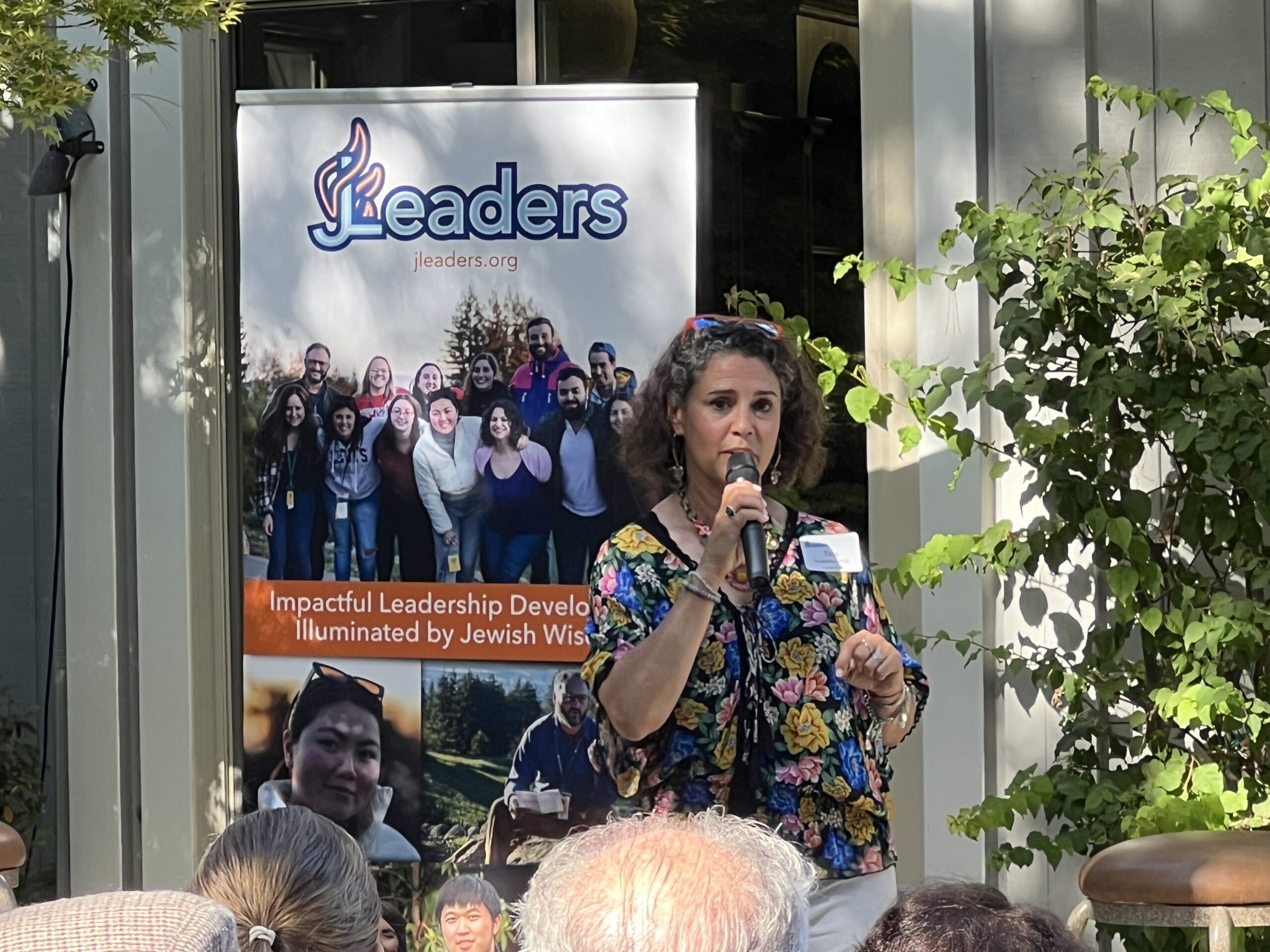By Alex Bolotovsky, CEO of J Leaders
Parsha in a Nutshell
Vayelech (Deut. 31:1–30) is just one chapter long, but it’s packed. Moses, now 120 years old, announces he won’t be crossing the Jordan. He announces Joshua as the next leader, writes down the Torah, and instructs that it be read publicly every seven years in the Hakhel (assembly) gathering. He models how to hand off leadership while keeping the community anchored in purpose.
Digging Deeper
1. Transition with Transparency
Moses doesn’t vanish quietly. He tells the people directly: “I can no longer go out and come in” (31:2), and names Joshua publicly as his successor (31:7–8). No guessing games, no behind-the-scenes deals. Leadership transitions are moments of vulnerability, and Moses shows how transparency reduces fear and builds trust.
2. Embedding Shared Rituals
Moses writes down the Torah and commands that it be read every seven years at Hakhel (assembly) (31:9–13). Why? Because leadership isn’t just about who’s in charge; it’s about creating systems that keep the mission alive. Even when leaders change, the community still has anchors to return to.
Leadership Takeaway
Leadership isn’t just about leading well; it’s about leaving well. Clarity in transition and shared practices for the future keep communities steady when leaders step aside.
Weekly Leadership Challenge
- Name the transition (Don’t Quiet Quit!): If you’re stepping back from something (a role, a project, a responsibility) say it clearly, so others aren’t left guessing.
- Pass the mic: Highlight and affirm someone who’s taking on more responsibility.
- Anchor the mission: Create one small practice or reminder that helps your circle stay focused, even without you steering.

